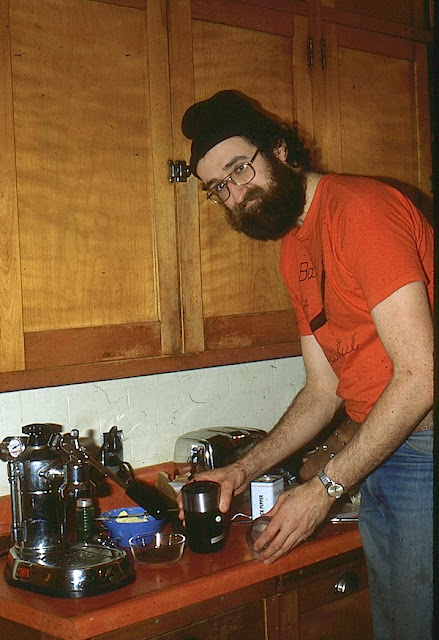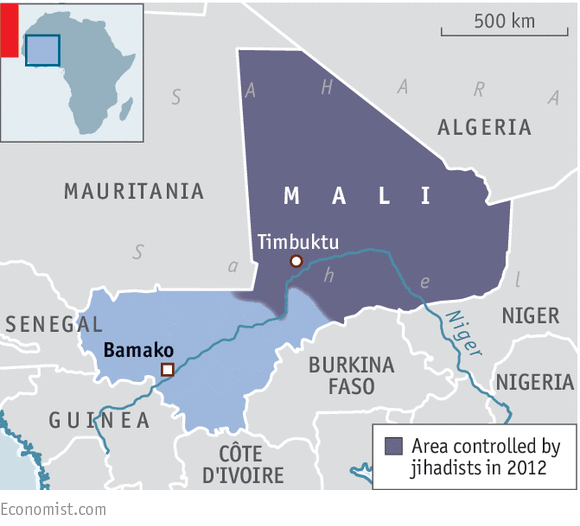
This writing is triggered by a dream, a vision of how to pass on this blanket in a good way, to a relative now moving to the east. This Chamiyo Blanket was given to Peg Weaver at Oberlin College, sent by her parents likely purchased as they rode the Santa Fe Railroad to visit Glessner -Chappelear relatives in Los Angeles, and stopped in New Mexico where there were Train Stations along the way.
From Peg Weaver's memoir (1993)
Later Inez Chase and Harry Chappelear Glessner would winter in Phoenix AR, in a building called the Westward HO. The hotel officially opened its doors on December 15, 1928. They took the trains during the era when trains were still "the way to travel" https://en.wikipedia.org/wiki/Westward_Ho_%28Phoenix%29
New Beginnings, looking to the East, the direction of the rising sun, and of the state of Ohio, the birthplace of Peg Glessner in 1910... Also noticing the sound in Japanese of the word of Morning....I don't speak the language and recently my nephew, Thoska in the D-Lakota tradition, Aaron Charles "Charlie" Engler married Saki, a woman from Fukashima Prefecture in Japan. I hope to travel to Hawai'i in June to celebrate and try a bit of my Nipponese that I learned prior to visiting Japan in 2011 for 9 days. おはよう Ohayō - Ohayou gozaimasu (おはようございます)
I was inspired by Charlie's learning of the language, and that helped me navigate the Tokyo subways!

Margaret Mary "Peg" Glessner, Obelin College Grad of 1932

Peg Glessner, upper left with her Grey Gables friends in the 1932 hi-O-HI, Jean Joiner, Jane Randle, Tasha Stone, Annie Laurie MacIntyre. P75 - 1932Hi-O-HI

"Religion in Art" talk in Findlay Ohio at the Presbyterian Church her parents attended announced in the local paper, Hancock Courier after her graduation, and before she married Paul Henry Weaver, from West Carrollton OH at the same church in Sept 1935.
Recently I passed on the 1932 Oberlin Year Book
1929 Post Card from the Santa Fe RR trip from Harry C Glessner.(Albuquerque is a place where a large train station was for the Santa Fe, where many Native Arts were sold...I imagine one of the train stations is where Harry and Inez purchase the blue and orange blanket to send to their beloved only child, Miss Margaret Glessner, to honor her on her journey to become educated and self sufficient in a good way.
Similar card on the way west on the Railroad. Card from MGW collection
Art from 1932 Oberlin Yearbook, Honoring the guy Oberlin, for whom the college is named.
One of the "beaus" that Peg Glessner met at Oberlin
Glee Club Travels - Here are Peg's recollections written her memoir published in 1993 at age 83
-->
In my sophomore year
I tried out for the Women's College Glee Club and made it. Every year the Glee
Club, with about thirty-four members, presented a concert at the college, but
its main activity was an annual spring vacation tour, traveling in a chartered
bus to give concerts and spread the word about Oberlin College. (See picture
#5, page 133.) Our director, Jack Wirkler, was a peppy individual of perhaps
sixty years, whose wife chaperoned us on our tours. Each year we selected a
long, formal dress Clubs celebrated with a formal dance. In addition to the
choral numbers, we presented musical skits. One year I
of taffeta or satin for our appearances. At the end of the year the Women's and Men's
Glee Clubs celebrated with a formal dance. In addition to the choral
numbers, we presented musical skits. One year I had fun being in a small group
wearing Dr. Denton pajamas (those pajamas for infants with drop seats and feet
sewed in) doing silly gymnastic movements; in another, with five other girls I
danced in Dutch wooden shoes.
27
On the tours, we
stayed over night with a roommate in selected homes, usually those of Oberlin
alumni . During my three years in the Glee Club,
we traveled: South, to Berea College and the blue grass country in Kentucky,
Wheeling and Huntington in West Virginia; East, to Princeton, New Jersey (where
we sang in the College Chapel), Pennsylvania Dutch country and New York City;
West, to Toledo, Ohio, Polo, Auburn, Chicago and Oak Park in Illinois, and
Waukesha, Wisconsin. In Polo, Jean Joiner, a classmate, took some of us to a
basement speakeasy, a place where alcoholic drinks were illegally sold during
Prohibition.
At Oberlin I tried a
little drama, playing the role of Queen Elizabeth in a one-act play. One of my
cornier appearances was with Jane Randle, when we blackened our faces to look
like the Golddust Twins, performing a clog for something or other. The Golddust
Twins were the symbol for a cleaning powder.




































